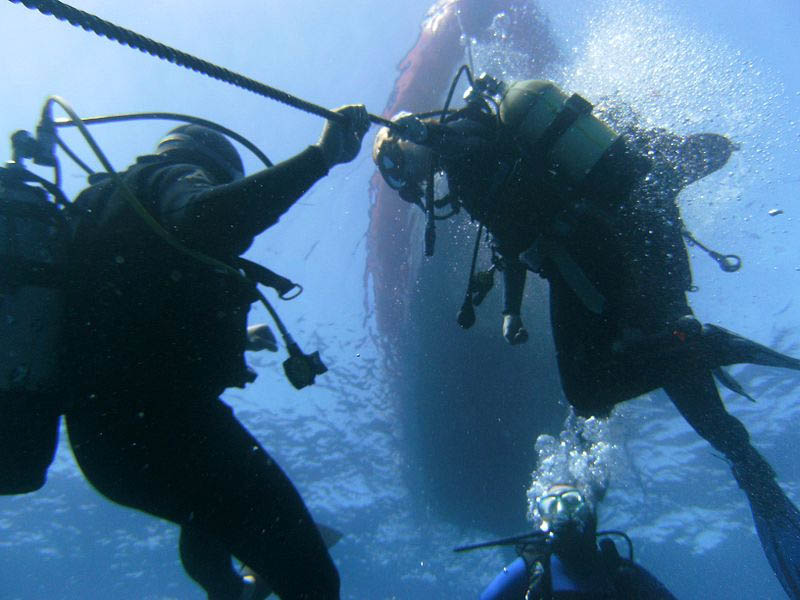James Lapenta had gotten a few requests to copy this and share it. Anyone is free to do that as well if they think it will help someone else. Credit would be nice, and the courteous thing to do, but it’s not required.
Though I retired from teaching recently, I find every so often something that awakens the need to try and educate people. That happened this morning. I was reading a post by someone on another site that asked a question regarding the info and quiz in a dive course. Basically, the question was about dive computers. It said that dive computers have two modes at their very core. We are not talking about stuff like planning, gauge mode, free dive, etc. so don’t go getting hung up on that.
Those are features.
The two modes of operation that the quiz wanted for the correct answer was surface and decompression mode. Those are the two most basic modes of operation.
The poster did not understand these answers because they only do NDL dives.
What they didn’t realize and were probably never taught because courses have been so dumbed down was that:
Anytime you descend the computer is indeed entering decompression mode.
Every dive is a decompression dive
Every dive you are on gassing and then off gassing.
Too many instructors, especially recreational only ones, don’t even seem to recognize this.
So, you are decompressing on the ascent. The decompression time is calculated by the estimated amount of nitrogen you take up based on depth and time and calculated in the algorithm.
That gives you the amount of bottom time you have available for a “no stop” decompression ascent. This “no stop” decompression is done by ascending at a controlled rate. This ascent is your, to use a simplified driving analogy, rolling decompression stop.
You can’t just shoot up. Why?
Because to do so would not allow sufficient time to off gas or “decompress” the nitrogen bubbles in your blood and tissues.
If more people were taught this way, there would likely be less incidents of rapid ascents and people blowing off safe ascent rates.
Just another example of the info that is not taught in order to keep classes as short as possible to maximize profits.
I just thought I’d put this out there.





